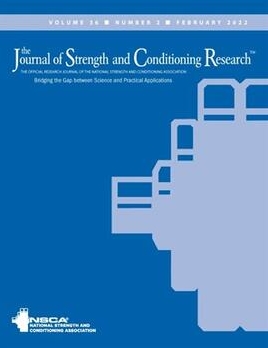Darragh R Connolly 1 2, Sean Stolp 2, Antonio Gualtieri 1 3, Duccio Ferrari Bravo 1, Roberto Sassi 4, Ermanno Rampinini 5 6, Aaron J Coutts 2
- Sport Science and R&D Department, Juventus Football Club, Torino, Italy;
- School of Sport, Exercise and Rehabilitation, Human Performance Research Centre, University of Technology Sydney, Sydney, Australia;
- School of Health and Sports Sciences, University of Suffolk, Ipswich, United Kingdom;
- S.D. Città di Varese, Varese, Italy;
- Human Performance Laboratory, Mapei Sport Research Centre, Olgiate Olona, Italy;
- Sport and Exercise Discipline Group, Human Performance Research Centre, University of Technology Sydney, New South Wales, Australia.

Abstract
The aim of this study was to quantify the session rating of perceived exertion (sRPE), duration, and training load accrued across typical training weeks undertaken by youth soccer players. Differences between starters, nonstarters, and variations in training load variables were also investigated. Data were collected from 230 elite youth players in 4 age groups (U15, U16, U17, and U19) during 5 competitive seasons. Mixed models were used to describe variation between age groups and compare starters with nonstarters, with season as a fixed covariate effect. Week-to-week variation in training load was expressed as the percentage coefficient of variation. The main findings may be used to highlight a significant effect of age and playing status on training intensity, duration, and internal training load. Weekly training load increased progressively from the U15 to U17, with significant differences between each age group (p < 0.03). Lower mean weekly perceived intensity (sRPE) was noted in U15 when compared with the older age groups (4.2 vs. 4.6-4.9 arbitrary unit for U16 to U19, p < 0.001). Low weekly training load variation was observed across the different phases of the season in each age group, with the preseason exhibiting the greatest variance (3.6-6.2%). Differences in the training load are likely more attributable to changes in training duration rather than sRPE. Control of session duration seems to play an important role when aiming to control load in the academy environment, and practitioners should closely monitor the differences in duration and load being recorded between starters and nonstarters.
J Strength Cond Res. 2024 Aug 1
PMID: 39072663 DOI: 10.1519/JSC.0000000000004813